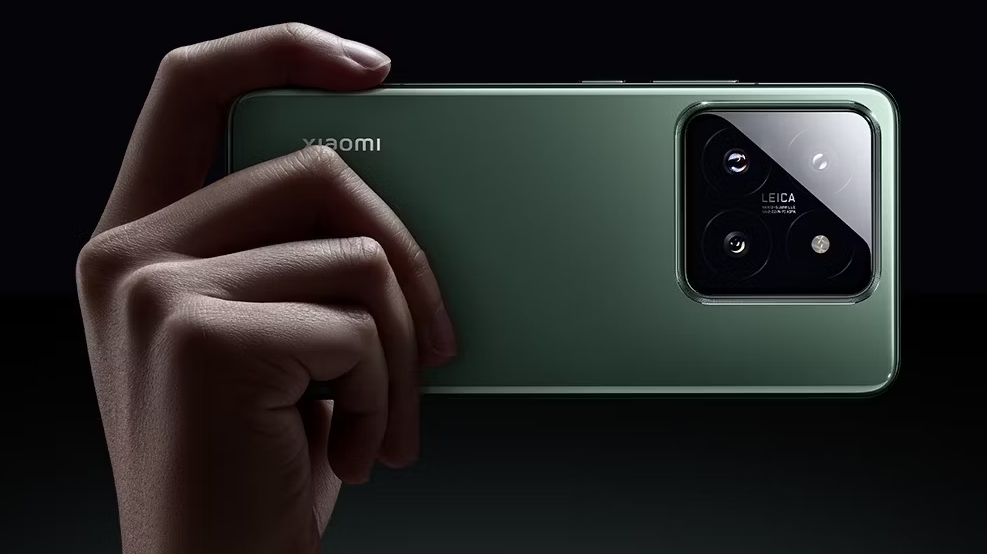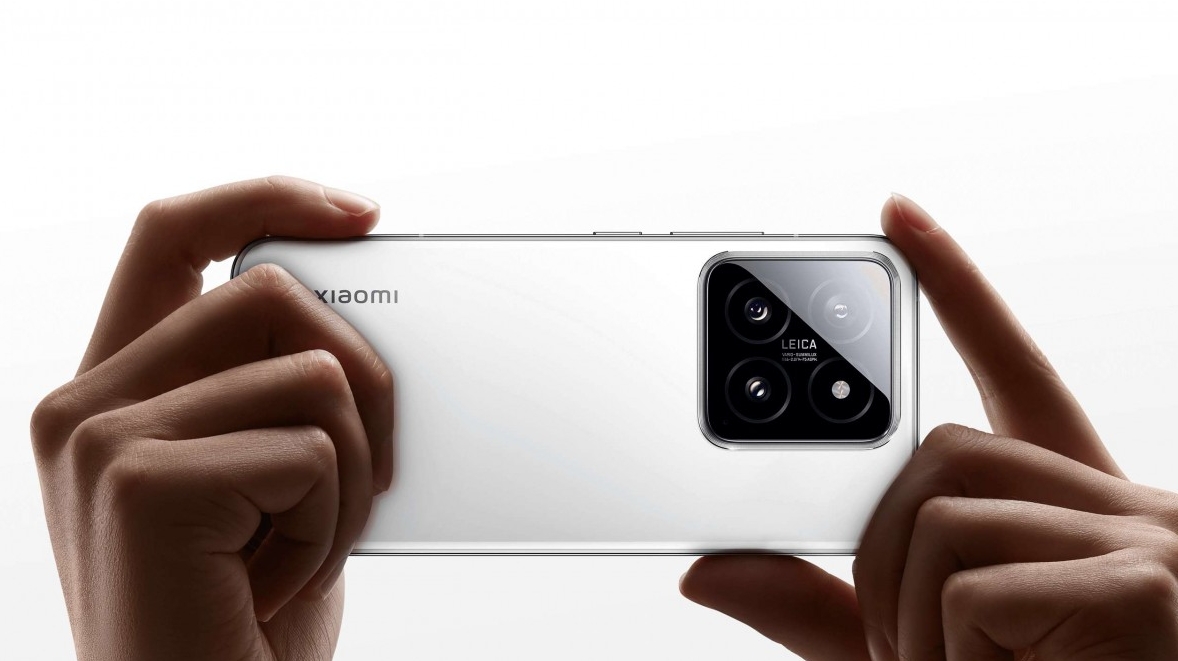The Xiaomi 14 has landed, with the chipset we’re expecting in the Samsung Galaxy S24

The Xiaomi 14 has just been announced and it gives us a glimpse into what we can expect from next year’s smartphones, because it’s the first handset to use a Snapdragon 8 Gen 3 chipset. This is what we’re expecting the Samsung Galaxy S24, the OnePlus 12, and many of 2024’s other best Android phones to use.
In fact, the Xiaomi 14 itself is essentially a 2024 phone, since this initial launch – which also included the Xiaomi 14 Pro – is just for China. Much of the rest of the world is likely to get one or both of these phones in early 2024 – though notably the US probably won’t get them at all based on past form.
So, with this chipset the Xiaomi 14 and Xiaomi 14 Pro should be exceptionally powerful, but they also have other notable specs. For one thing, both phones have screens that can reach 3,000 nits of brightness, making them the brightest smartphone displays around.


In the case of the Xiaomi 14 you’re getting a 6.36-inch screen while the Xiaomi 14 Pro has a 6.73-inch display, and both have a 120Hz refresh rate.
They also both come with up to 16GB of RAM and up to 1TB of storage, and both have 32MP front–facing cameras and an IP68 rating, so they’re dust and water-resistant.
Most of the other key specs differ between them. The Xiaomi 14 has a trio of 50MP cameras on the back, including a main sensor, an ultra-wide, and a telephoto offering 3.2x optical zoom.
The Xiaomi 14 Pro is similar but uses a different 50MP main camera, one which offers a variable aperture, letting you move between f/1.4 and f/4.0. That should give you more control over how your photos come out than you’ll have on pretty much any other smartphone.
Sign up for breaking news, reviews, opinion, top tech deals, and more.
Their batteries and charging speeds also differ, with the Xiaomi 14 having a 4,610mAh battery paired with 60W wired and 50W wireless charging, while the Xiaomi 14 Pro has a 4,880mAh battery with 120W wired and 50W wireless charging.
A big change in software
These phones also both run HyperOS, which is a new Android skin that Xiaomi is switching from MIUI to. MIUI can feel bloated and has always been divisive, so with HyperOS the company aims to deliver a more lightweight software experience, as well as offering improved cross-device capabilities (as long as all your devices are made by Xiaomi).
As for when you can buy these phones, the Xiaomi 13 didn’t get its global launch until late February, so we might be waiting until around February 2024 before we see the Xiaomi 14 line ship more widely.
We don’t know what these phones will cost when they do, but for reference the Xiaomi 14 starts at CNY 3,999 (around $545 / £450 / AU$870) in China, while the Xiaomi 15 Pro starts at CNY 4,999 (roughly $685 / £565 / AU$1,085). Though we’d expect global pricing will be a lot higher.
You might also like
- Best Xiaomi phones: top Mi, Redmi and Black Shark devices ranked
- Best phones: top smartphones in the US right now
- Xiaomi 13 review: a sleek and sophisticated iPhone imitator
James is a freelance phones, tablets and wearables writer and sub-editor at TechRadar. He has a love for everything ‘smart’, from watches to lights, and can often be found arguing with AI assistants or drowning in the latest apps. James also contributes to 3G.co.uk, 4G.co.uk and 5G.co.uk and has written for T3, Digital Camera World, Clarity Media and others, with work on the web, in print and on TV.